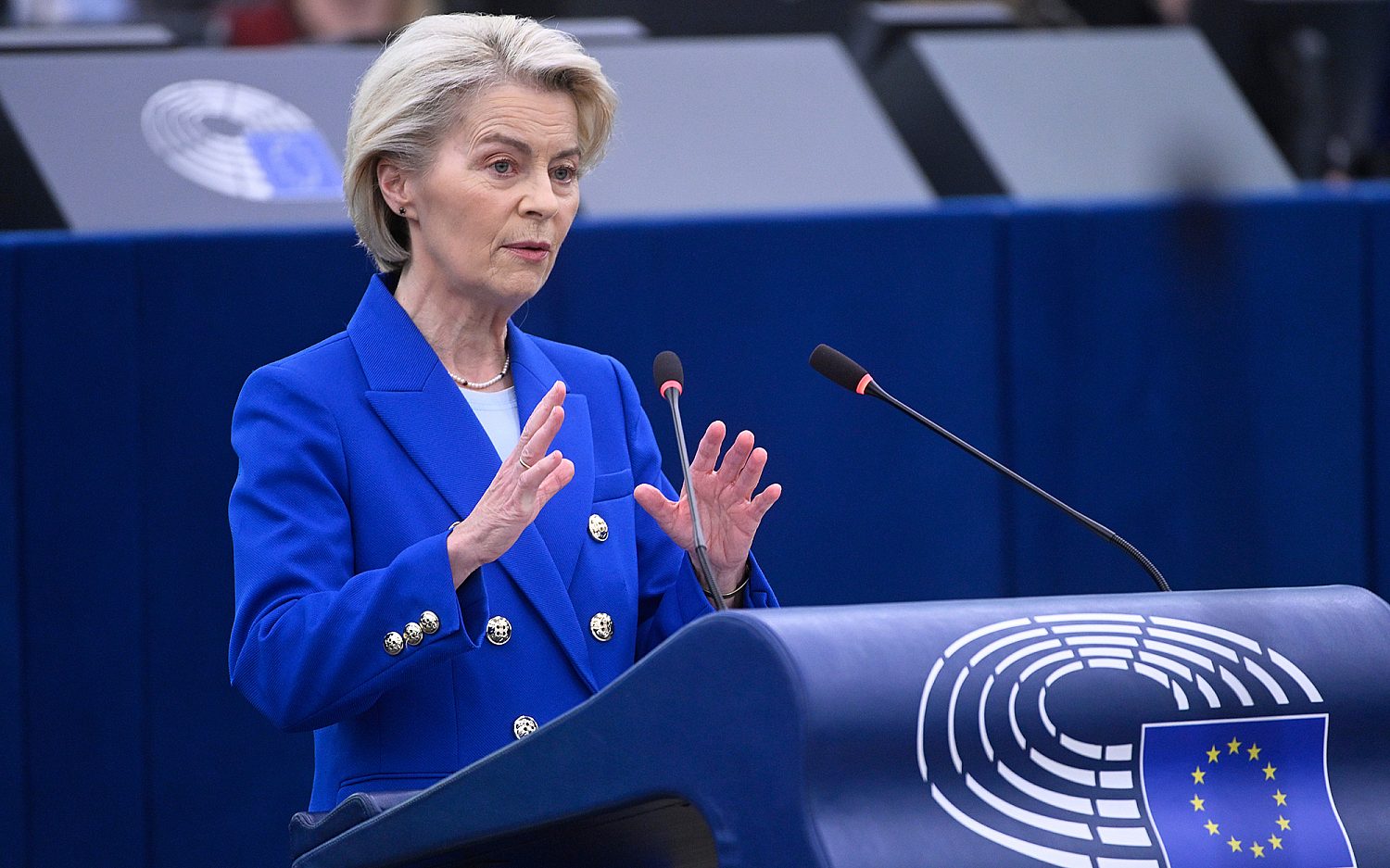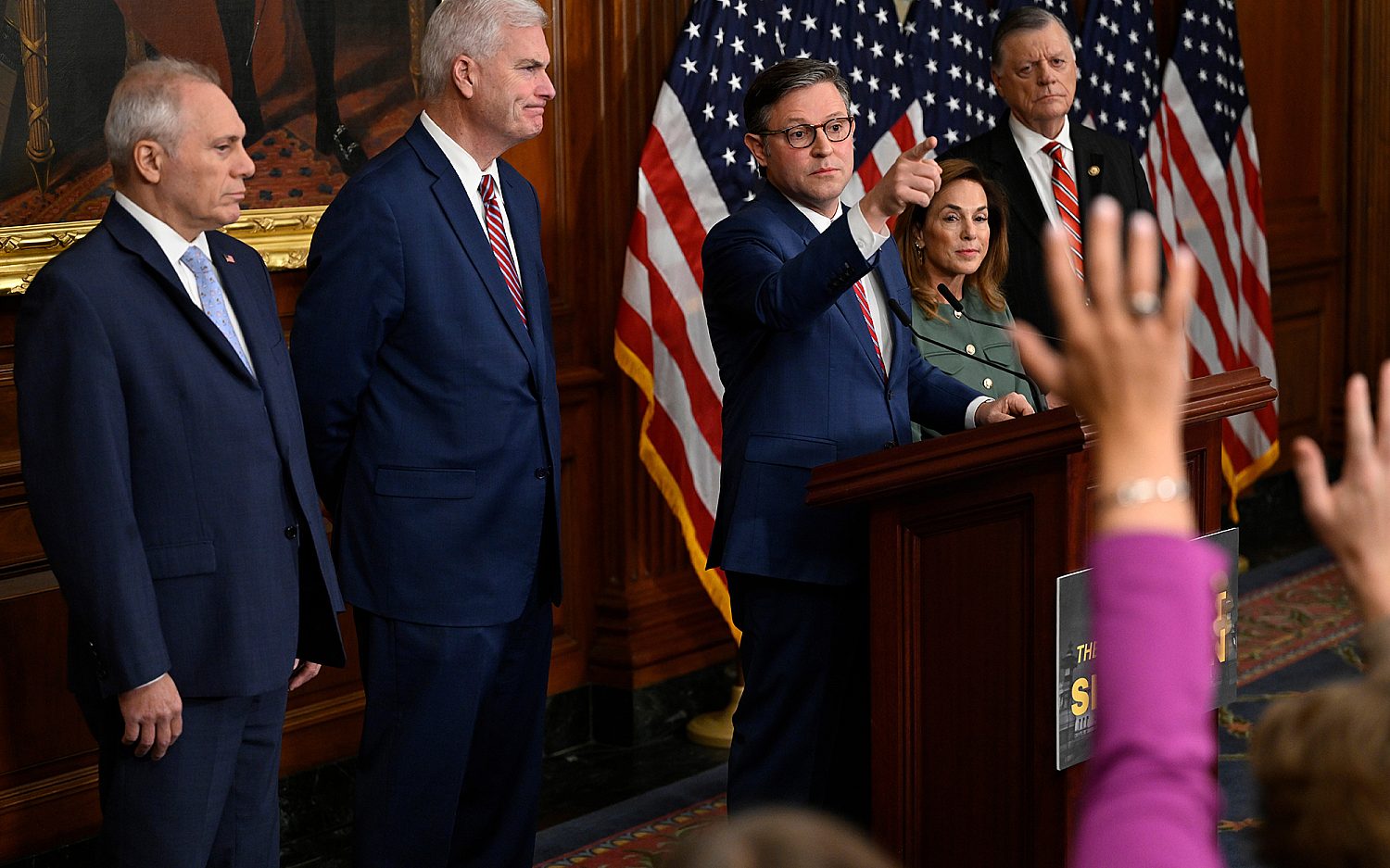Vaccines & Viruses: Weaker vaccine caused whooping cough outbreaks
Coughing up blame. Who’s responsible for outbreaks of whooping cough in recent years? The United States saw 48,000 cases of whooping cough in 2012, the highest incidence since 1955, and media and many doctors have pointed the finger at families who refuse vaccines for themselves and their children. But a new study published in PLOS Computational Biology by an international team of researchers found vaccine ineffectiveness is most likely to blame. U.S. doctors used to give children a whole-cell whooping cough vaccine that was 90 percent effective. But because of its high rate of side effects, doctors discontinued its use in the 1990s and switched to a newer, acellular vaccine. The acellular serum only offers 80 percent protection, meaning 20 percent of vaccinated individuals will go on to contract whooping cough, also known as pertussis. Using mathematical models, the researchers decided the decrease in efficacy best accounted for the recent increase in cases. Lead author Manoj Gambhir told the Australian Broadcasting Corporation that while vaccine refusal might cause outbreaks within small communities, it did not explain the overall rise in cases throughout the United States. He said booster shots could help increase the acellular vaccine’s protective effect.
Malaria milestone. A new GlaxoSmithKline vaccine against malaria, recently tested among children and infants in seven African countries, is either a breakthrough or a big disappointment, depending on your perspective. If approved by the European Medicines Agency, it would be the first licensed vaccine against malaria in the world. But the trial results, published in The Lancet, indicate the vaccine is less effective than mosquito nets, preventing only about 30 percent of malaria infections. The shot’s effectiveness also wanes over time. Overall, the vaccine didn’t reduce malaria deaths among babies in the study. But since malaria sickens roughly 200 million people per year, advocates still believe the vaccine would be worthwhile to offer in high-risk regions. Development of the vaccine has cost more than $500 million. In a separate study in The Lancet Infectious Diseases, researchers estimated last year’s Ebola outbreak may have caused 15,000 malaria deaths due to disruptions in the healthcare system and the delivery of mosquito nets.
HPV research. Two new studies—one published and one unpublished—trumpet the benefits or risks of human papillomavirus (HPV) vaccines. The first found Gardasil helped protect teen girls against genital warts and cervical dysplasia, sometimes a precursor to cancer. The second found women who received the original, four-strain Gardasil vaccine increased their likelihood of contracting other dangerous HPV strains not included in the vaccine. The newer Gardasil shot protects against nine different strains, but more than 80 strains exist. The best protection against all of the above, of course, is still abstinence or monogamy.
Patching up measles. Researchers are testing a kinder, gentler way to immunize kids against measles—a stick-on patch.
Unlikely ally. Guess who’s joining parents in opposing the California bill meant to keep unvaccinated kids out of schools? You won’t. It’s the ACLU.
An actual newsletter worth subscribing to instead of just a collection of links. —Adam
Sign up to receive The Sift email newsletter each weekday morning for the latest headlines from WORLD’s breaking news team.





Please wait while we load the latest comments...
Comments
Please register, subscribe, or log in to comment on this article.